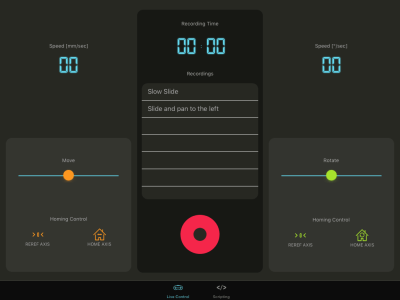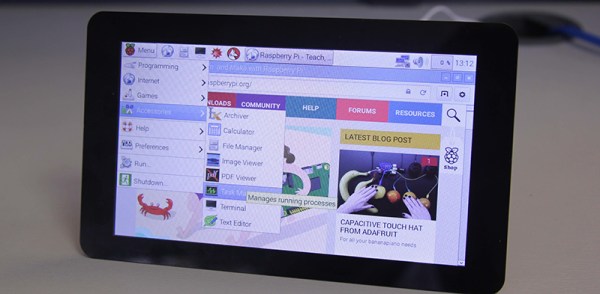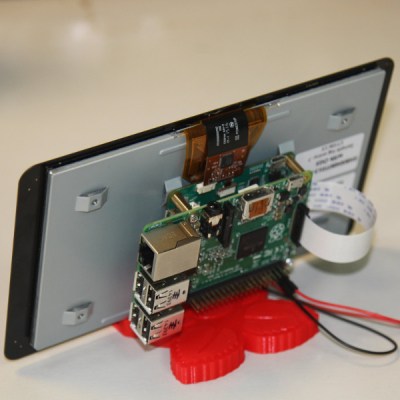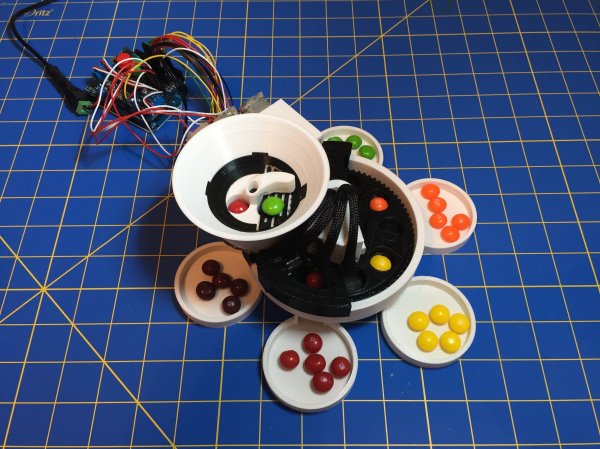GPS is a global technology these days, with the Russian GLONASS system and the forthcoming European Galileo orbiting alongside the original US GPS satellites above our heads. [Florin Duroiu] decided to embrace globalism by forking the TinyGPS library for the Arduino platform to add support for these satellite constellations.
In addition to the GLONASS support, the new version of the venerable TinyGPS adds some neat new features by incorporating the NMEA 3.0 standard (warning: big-ass PDF link). Using this, you can extract interesting stuff such as the calculated position from each satellite constellation, the signal strength of each satellite and a lot more technical stuff about what the satellites are saying about you to your GPS receiver. [Florin] claims it is a drop-in replacement for TinyGPS that should require no rewriting. There is no support for Galileo just yet (as the satellites are still being launched: eight are in orbit now), but [Florin] is looking for help to add this, as well as the new Chinese BEIDOU system once it is operational.
(top image: artists’ view of a Galileo satellite in orbit, courtesy of ESA)



 The camera slider is a two-axis ordeal, with one axis sliding the camera along two solid rails, and the other panning the camera. The circuit board was milled by the guys and includes an ATMega328 controlling two Pololu stepper drivers. An ESP8266 is thrown into the mix, and is easily implemented on the device; it’s just an MAX232 chip listening to the Tx and Rx lines of the WiFi module and translating that to something the ATMega can understand.
The camera slider is a two-axis ordeal, with one axis sliding the camera along two solid rails, and the other panning the camera. The circuit board was milled by the guys and includes an ATMega328 controlling two Pololu stepper drivers. An ESP8266 is thrown into the mix, and is easily implemented on the device; it’s just an MAX232 chip listening to the Tx and Rx lines of the WiFi module and translating that to something the ATMega can understand.
 The new display could have used the DSI (Display Serial Interface) adapter, or the small connector on the Pi that is not the camera connector. DSI displays are purpose-built for specific devices, though, and aren’t something that would or should be used in a device that will be manufactured for years to come. The best solution, and the design the Raspberry Pi foundation chose to go with, is a DPI display and an adapter that converts the Pi’s DSI output to something the display can understand.
The new display could have used the DSI (Display Serial Interface) adapter, or the small connector on the Pi that is not the camera connector. DSI displays are purpose-built for specific devices, though, and aren’t something that would or should be used in a device that will be manufactured for years to come. The best solution, and the design the Raspberry Pi foundation chose to go with, is a DPI display and an adapter that converts the Pi’s DSI output to something the display can understand.












